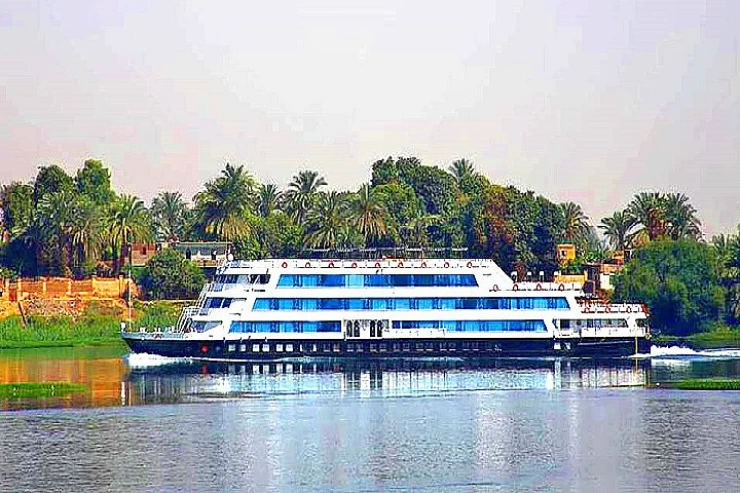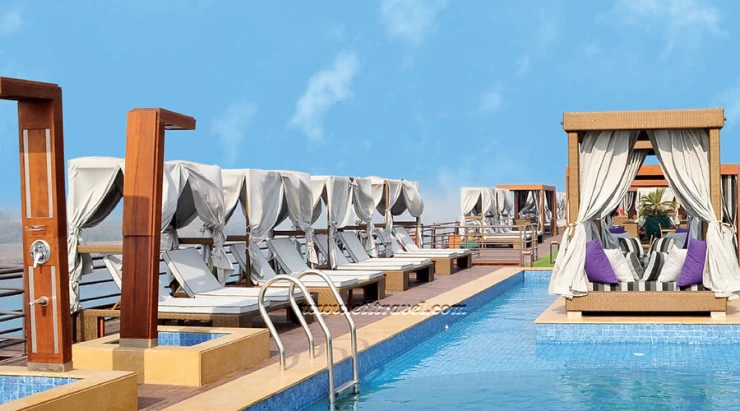
Edfu | The Temple of Horus
The Edfu Temple
The Temple of Edfu is located in Edfu, in Upper Egypt, on the western side of the Nile. In Latin, the city was known as Apollonopolis Magna in honor of the primary deity Horus, who was linked to Apollo in Greek understanding. It ranks as one of the most well-maintained temples in Egypt. The temple was built between 237 and 57 BC while the Ptolemaic Kingdom was in power. The inscriptions found on its walls provide important insights into language, mythology, and religion in Egypt during the Hellenistic period. The written inscriptions found in the Temple provide details regarding its construction and also include legends about temples as the origins of creation. Important moments and writings that illustrate the eternal rivalry between Horus and Seth are also present in the Sacred Drama. The translation of them is done by the Edfu-Project.
Edfu was among several temples built in the Ptolemaic Kingdom, such as the Dendera Temple complex, Esna, the Temple of Kom Ombo, and Philae. The magnitude reflects the extent of wealth at that time. The building of the present temple began on August 23, 237 BC and consisted of a hall with columns, two halls running across, and a sanctuary for boats with chapels around it. The building's construction started during the reign of Ptolemy III Euergetes and was completed in 57 BC under the rule of Ptolemy XII Auletes. The present temple honoring Horus was built on the site where a previous, smaller temple stood. Nevertheless, the old temple was oriented in an east-west direction rather than a north-south orientation like the new temple. Discoveries near the present temple include a ruined eastern pylon indicating a construction project for New Kingdom kings Ramesses I, Seti I, and Ramesses II.
The naos of Nectanebo II is located in the inner sanctuary.
The temple of Edfu ceased to be utilized for religious activities following the ban on non-Christian worship by Theodosius I in 391, resulting in the oppression of pagans. Similar to elsewhere, Christians who rose to power in Egypt vandalized numerous carved reliefs in the temples. It is believed that the scorched ceiling in the hypostyle hall, visible to this day, resulted from a deliberate fire aimed at destroying pagan religious symbols.
Over time, the temple was buried under 12 meters (39 ft) of shifting desert sand and river silt from the Nile. The people who live around there built their houses directly on top of where the old temple used to be. In 1798, the temple pylons were only partially visible to a French expedition that discovered the temple. French Egyptologist Auguste Mariette started the process of digging out the Edfu temple from the sand in 1860.
The Temple of Edfu is well-maintained and acts as a great example of an ancient Egyptian temple. Because of its significance in archaeology and its well-preserved condition, this site has become a top tourist attraction in Egypt and a frequent stop for many Nile river cruises. A visitor center and paved parking lot were added in 2005 to enhance access to the temple. In late 2006, a lighting system was put in place to allow for nighttime tours.


















